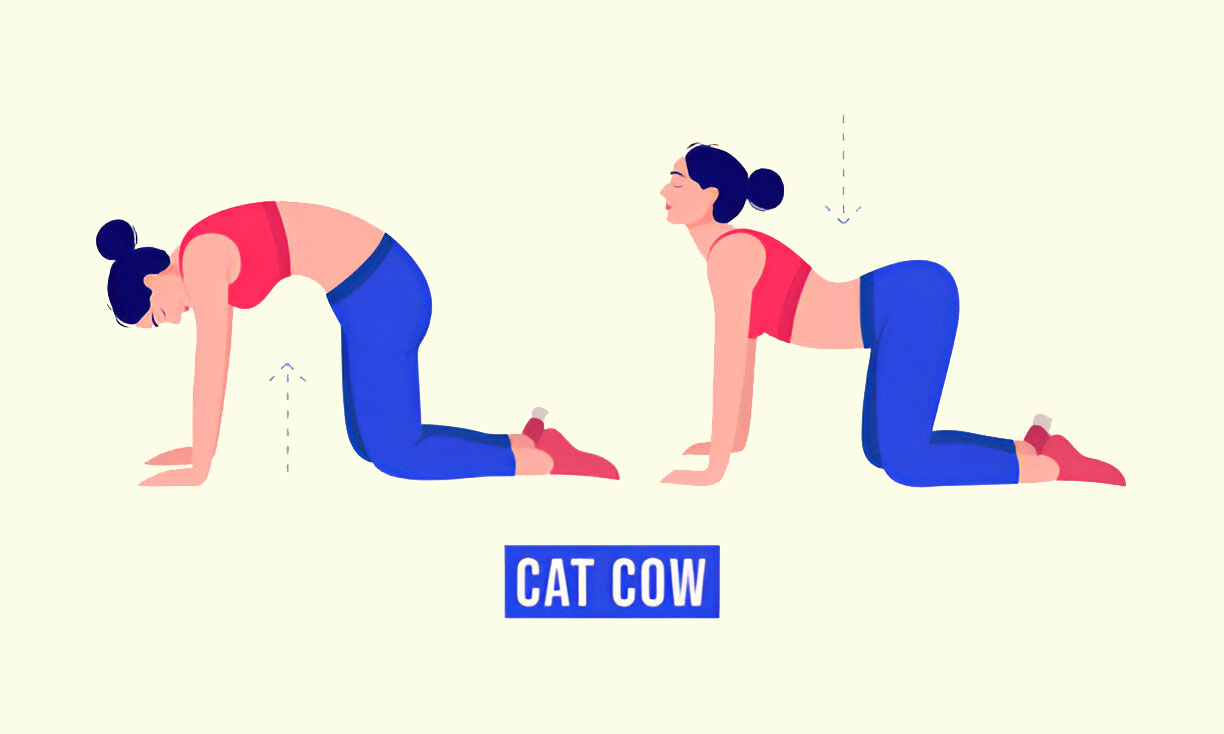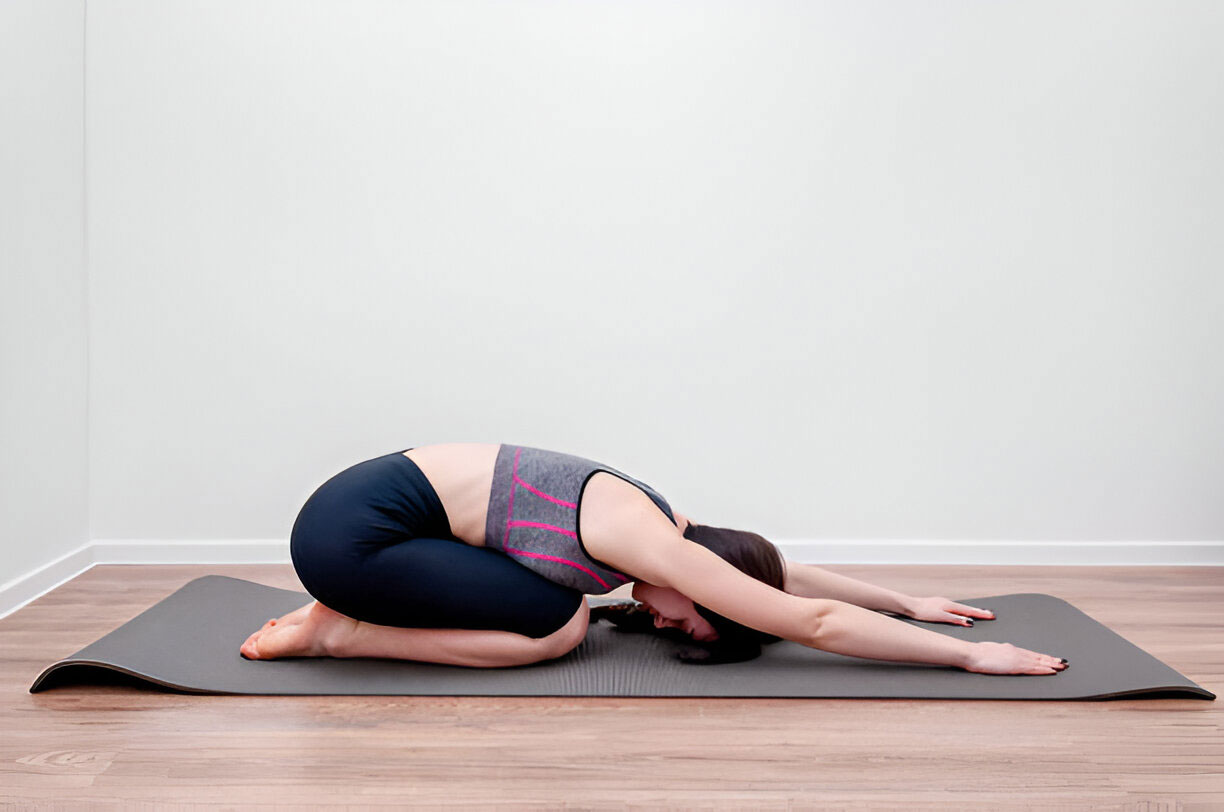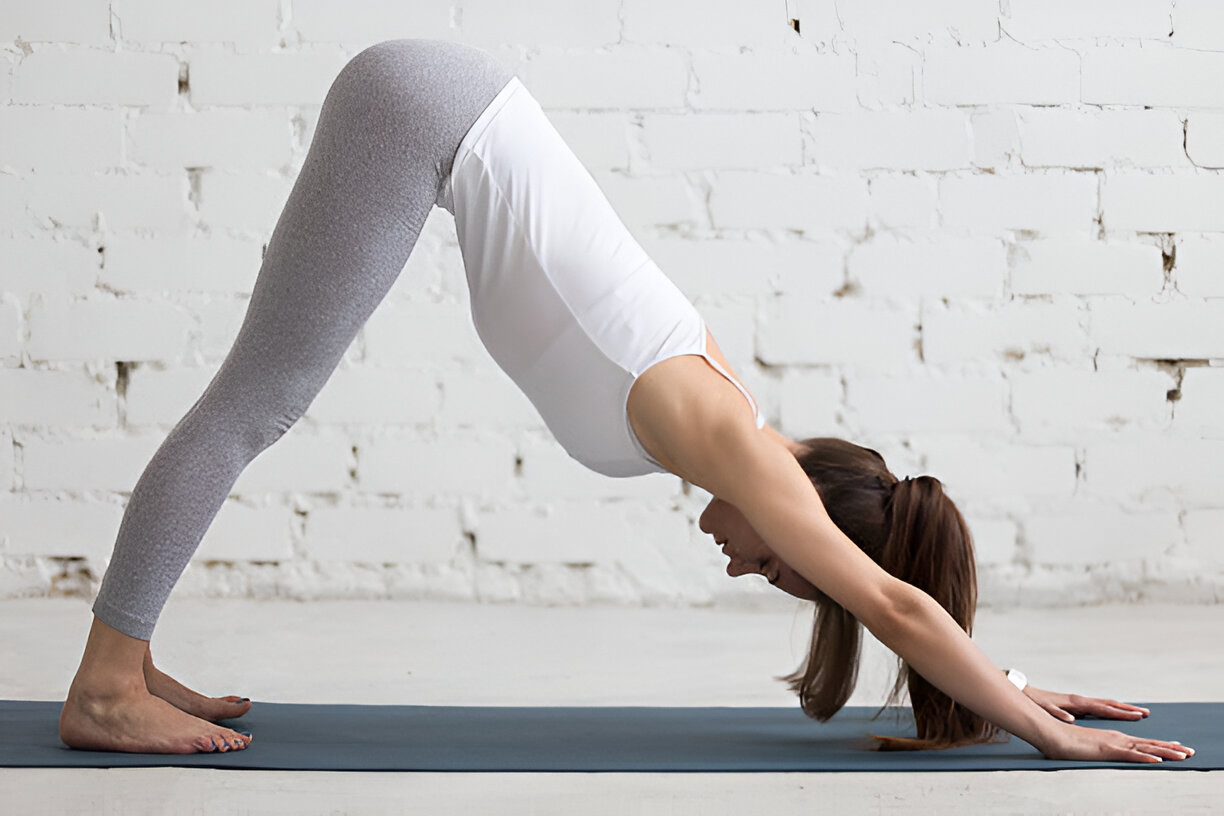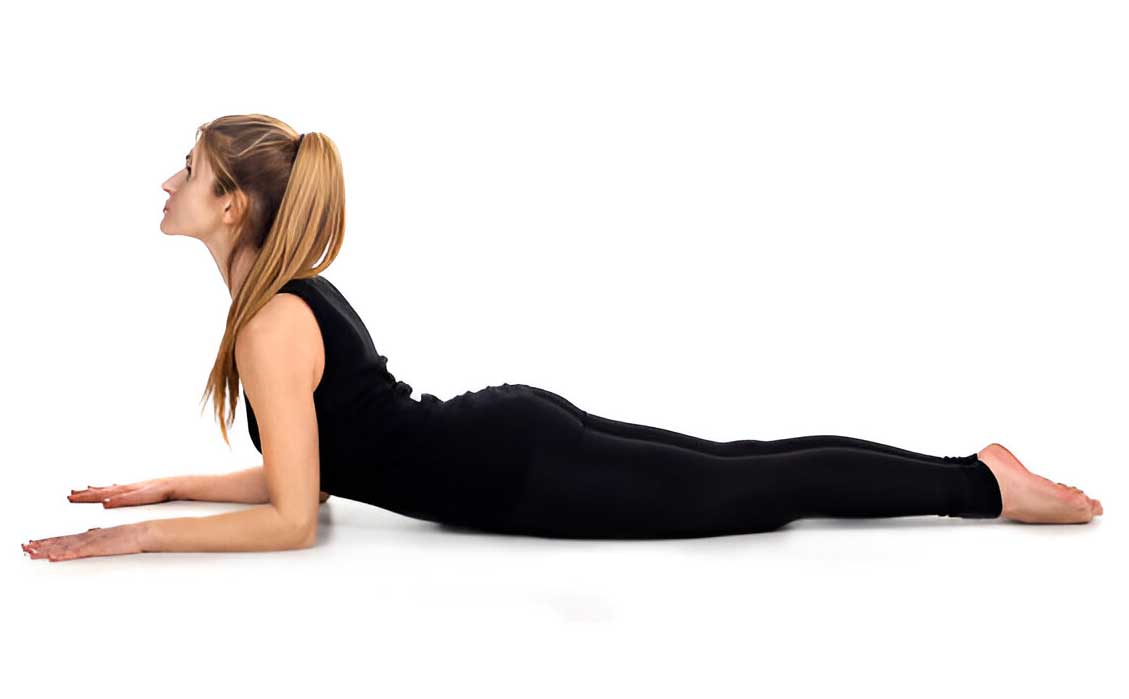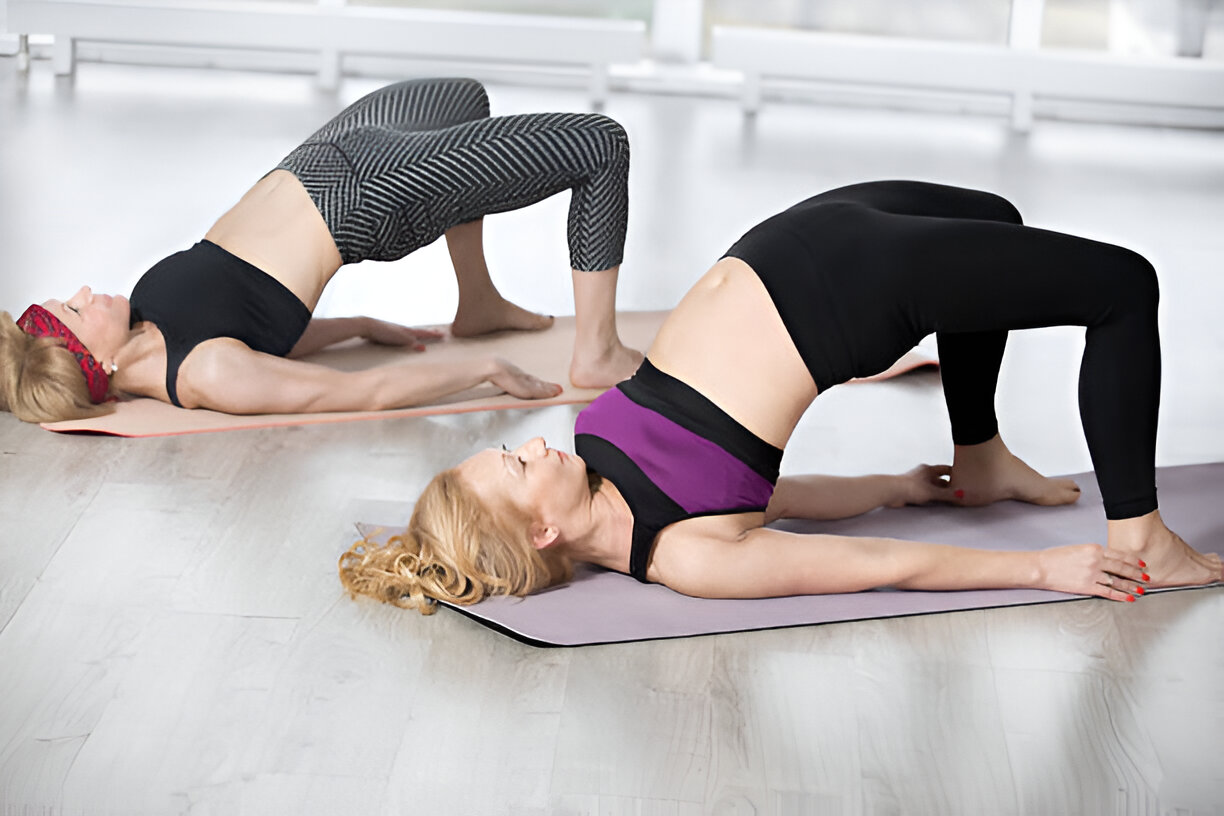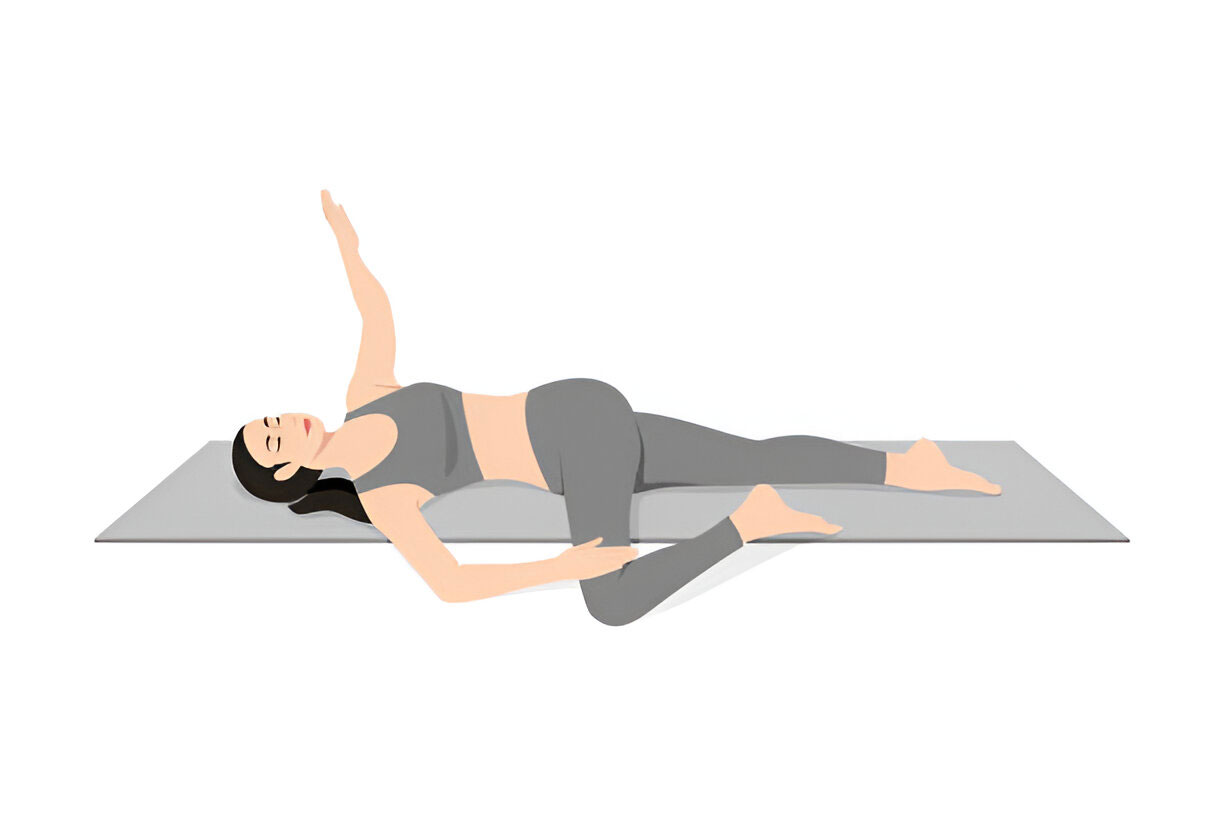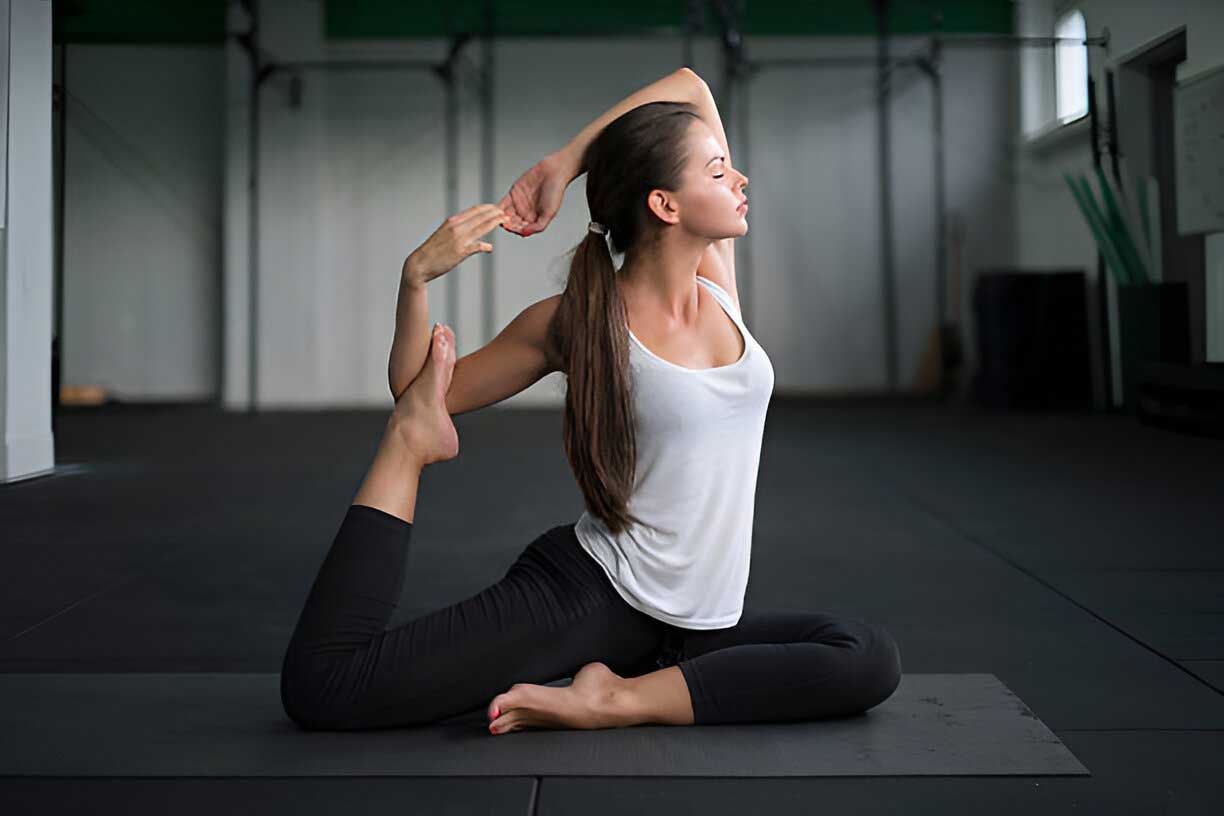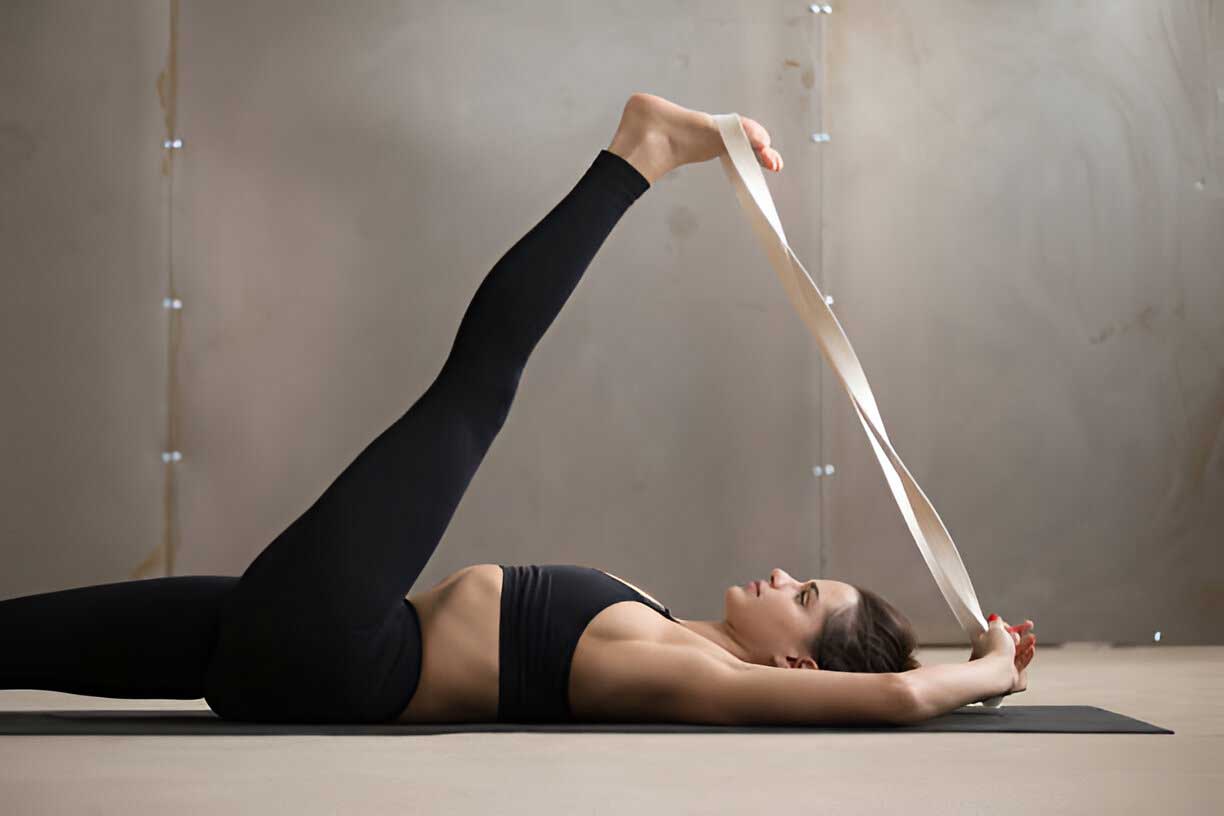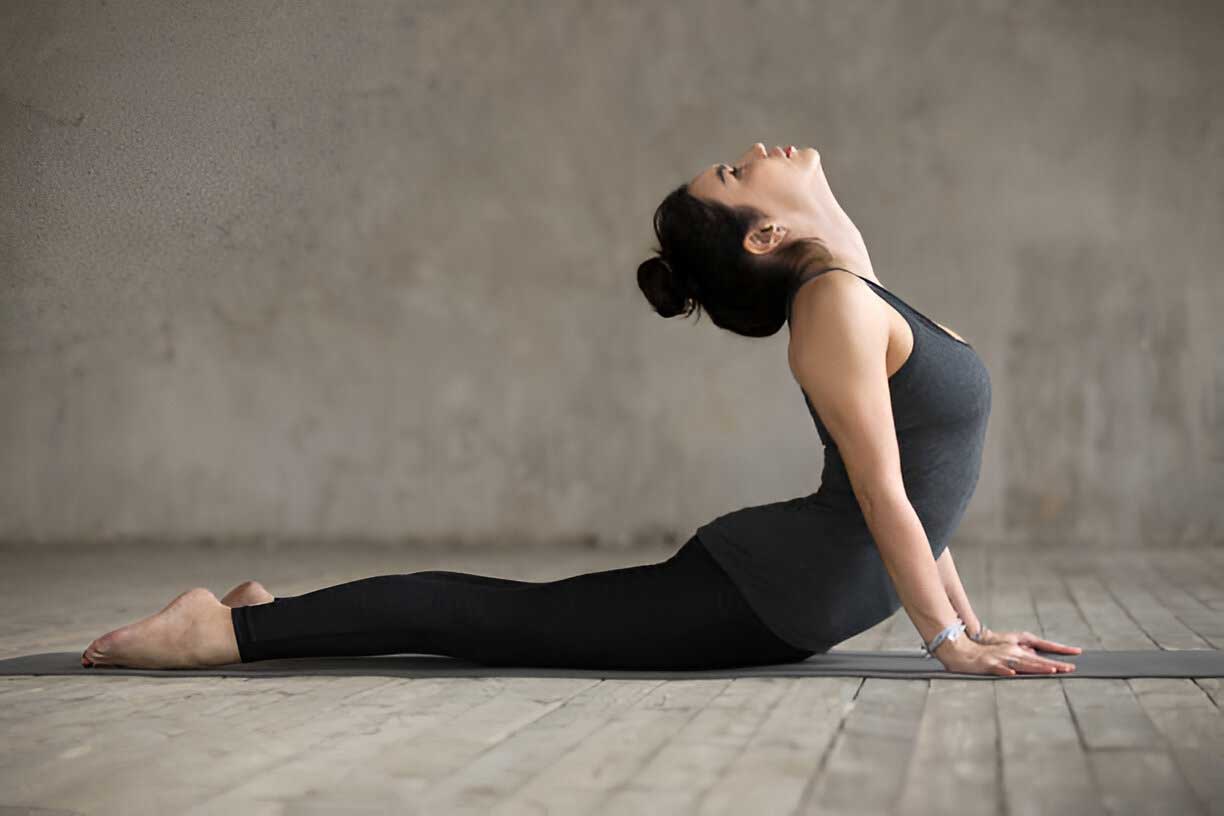Yoga Exercises for Lower Back Pain Relief
Lower back pain is a common issue that affects millions of people worldwide. The discomfort can stem from various factors, including poor posture, muscle strain, or an underlying medical condition. Fortunately, yoga offers a natural and effective way to alleviate lower back pain. By incorporating specific yoga exercises into your routine, you can strengthen your back muscles, improve flexibility, and reduce pain. In this article, we will explore various yoga exercises for lower back pain relief, guiding you through each pose to help you achieve optimal results.
The Benefits of Yoga for Lower Back Pain
Yoga is not just a form of exercise; it’s a holistic approach to improving both physical and mental well-being. Regular practice of yoga exercises for lower back pain relief can:
- Strengthen Core Muscles: A strong core supports the lower back, reducing the risk of injury and pain.
- Improve Flexibility: Yoga stretches the muscles, tendons, and ligaments, enhancing flexibility and range of motion in the lower back.
- Promote Relaxation: Yoga promotes mindfulness and relaxation, helping to reduce stress, a common contributor to lower back pain.
- Enhance Posture: Yoga encourages proper alignment of the spine, which is crucial for preventing and alleviating lower back pain.
Essential Yoga Exercises for Lower Back Pain Relief
1. Cat-Cow Pose (Marjaryasana-Bitilasana)
The Cat-Cow pose is a gentle warm-up that helps to stretch and loosen the muscles in the lower back. This exercise improves flexibility in the spine and relieves tension.
How to Perform:
- Begin on all fours, with your wrists aligned under your shoulders and your knees under your hips.
- Inhale deeply, arching your back and lifting your head and tailbone toward the ceiling (Cow Pose).
- Exhale slowly, rounding your spine and tucking your chin to your chest (Cat Pose).
- Continue to flow between these two positions for 1-2 minutes, synchronizing your breath with your movements.
2. Child’s Pose (Balasana)
Child’s Pose is a restorative yoga exercise that gently stretches the lower back, hips, and thighs. This pose helps to release tension in the lower back while promoting relaxation.
How to Perform:
- Start by kneeling on the floor with your big toes touching and your knees spread apart.
- Sit back on your heels and slowly lower your torso between your thighs.
- Extend your arms forward, resting your forehead on the mat.
- Hold this pose for 1-3 minutes, breathing deeply and allowing your body to relax.
3. Downward-Facing Dog (Adho Mukha Svanasana)
Downward-Facing Dog is a versatile yoga pose that stretches the entire body, including the lower back. This pose helps to strengthen the back muscles and improve overall flexibility.
How to Perform:
- Begin on all fours, with your hands slightly in front of your shoulders.
- Tuck your toes under and lift your hips toward the ceiling, forming an inverted “V” shape with your body.
- Keep your knees slightly bent if your hamstrings are tight, and press your heels toward the floor.
- Hold this pose for 1-2 minutes, breathing deeply and focusing on lengthening your spine.
4. Sphinx Pose (Salamba Bhujangasana)
The Sphinx Pose is a gentle backbend that targets the lower back muscles. It helps to strengthen the spine and improve posture, reducing the risk of lower back pain.
How to Perform:
- Lie face down on the mat with your legs extended and your feet hip-width apart.
- Place your elbows under your shoulders, forearms parallel to each other, and palms facing down.
- Inhale and lift your chest off the mat, keeping your lower ribs in contact with the floor.
- Hold this pose for 1-2 minutes, breathing steadily and focusing on lengthening your spine.
5. Bridge Pose (Setu Bandhasana)
Bridge Pose is an effective yoga exercise for strengthening the lower back and core muscles. This pose also helps to stretch the chest, neck, and spine, promoting better posture.
How to Perform:
- Lie on your back with your knees bent and feet flat on the floor, hip-width apart.
- Place your arms alongside your body, with your palms facing down.
- Inhale and lift your hips toward the ceiling, pressing your feet and arms into the floor.
- Hold this pose for 30 seconds to 1 minute, then slowly lower your hips back to the floor.
6. Supine Twist (Supta Matsyendrasana)
The Supine Twist is a gentle yoga exercise that helps to release tension in the lower back. This pose also promotes spinal flexibility and aids digestion.
How to Perform:
- Lie on your back with your knees bent and feet flat on the floor.
- Extend your arms out to the sides in a T-shape, palms facing down.
- Slowly lower your knees to one side while keeping your shoulders grounded.
- Hold this pose for 1-2 minutes, then switch sides.
7. Pigeon Pose (Eka Pada Rajakapotasana)
Pigeon Pose is a deep hip opener that stretches the lower back, hips, and glutes. This pose helps to alleviate lower back pain caused by tight hip muscles.
How to Perform:
- Start in a tabletop position, then bring your right knee forward toward your right wrist.
- Extend your left leg straight behind you, keeping your hips square to the floor.
- Lower your torso over your right leg, resting your forehead on the mat.
- Hold this pose for 1-3 minutes, then switch sides.
8. Legs Up the Wall Pose (Viparita Karani)
Legs Up the Wall Pose is a restorative yoga exercise that helps to relieve lower back pain and reduce swelling in the legs. This pose promotes relaxation and improves circulation.
How to Perform:
- Sit close to a wall with your knees bent and feet on the floor.
- Lie back and swing your legs up the wall, resting your arms at your sides.
- Hold this pose for 5-10 minutes, breathing deeply and allowing your body to relax.
9. Reclining Hand-to-Big-Toe Pose (Supta Padangusthasana)
This pose is excellent for stretching the hamstrings, calves, and lower back. It helps to alleviate lower back pain caused by tight leg muscles.
How to Perform:
- Lie on your back with your legs extended.
- Bend your right knee and loop a yoga strap around the arch of your right foot.
- Straighten your right leg toward the ceiling, keeping your left leg grounded.
- Hold this pose for 1-2 minutes, then switch sides.
10. Cobra Pose (Bhujangasana)
Cobra Pose is a powerful backbend that strengthens the lower back and opens the chest. This pose helps to improve posture and reduce lower back pain.
How to Perform:
- Lie face down on the mat with your legs extended and feet together.
- Place your hands under your shoulders, elbows close to your body.
- Inhale and lift your chest off the mat, keeping your lower ribs on the floor.
- Hold this pose for 15-30 seconds, then slowly lower yourself back down.
Tips for Practicing Yoga for Lower Back Pain Relief
- Start Slowly: If you’re new to yoga, begin with gentle poses and gradually increase the intensity of your practice.
- Listen to Your Body: Pay attention to how your body feels during each pose. If you experience pain or discomfort, modify the pose or skip it altogether.
- Use Props: Yoga props like blocks, straps, and bolsters can help you achieve proper alignment and make poses more accessible.
- Breathe Deeply: Focus on deep, steady breathing throughout your practice. This helps to relax the muscles and improve the effectiveness of each pose.
- Stay Consistent: Consistency is key to experiencing the benefits of yoga. Aim to practice these exercises 3-4 times per week for optimal results.
When to Avoid Certain Yoga Poses
While yoga exercises for lower back pain relief can be highly beneficial, some poses may not be suitable for everyone. Avoid poses that cause pain or discomfort, especially if you have a pre-existing condition. It’s also essential to consult with a healthcare professional before starting a new yoga routine, particularly if you have severe or chronic back pain.
Modifications and Variations
For individuals with limited flexibility or mobility, modifications and variations of yoga poses can make the practice more accessible. For example, you can perform the Downward-Facing Dog with your hands on a chair or wall to reduce the strain on your lower back. Similarly, using a bolster under your hips in the Pigeon Pose can provide additional support and comfort.
The Importance of Strengthening and Stretching
Yoga exercises for lower back pain relief focus on both strengthening and stretching the muscles. Strengthening exercises, like the Bridge Pose and Cobra Pose, build muscle endurance and support the spine. Stretching exercises, such as the Supine Twist and Child’s Pose, increase flexibility and reduce muscle tension. A balanced yoga practice that includes both types of exercises is crucial for long-term lower back pain relief.
Incorporating Mindfulness and Meditation
In addition to physical exercises, mindfulness and meditation play a significant role in managing lower back pain. Practicing mindfulness helps to reduce stress and anxiety, which can exacerbate pain. Meditation techniques, such as deep breathing and guided imagery, promote relaxation and improve pain tolerance. Integrating mindfulness and meditation into your yoga practice can enhance the overall effectiveness of your routine.
Yoga as a Complementary Therapy
Yoga is often used as a complementary therapy for lower back pain, alongside other treatments like physical therapy, chiropractic care, and massage. It’s important to approach yoga as part of a holistic treatment plan, rather than a standalone solution. By combining yoga with other therapies, you can address the underlying causes of lower back pain and achieve more comprehensive relief.
Creating a Personalized Yoga Routine
Every individual’s experience with lower back pain is unique, so it’s essential to create a personalized yoga routine that meets your specific needs. Consider factors like your level of fitness, flexibility, and the severity of your pain when selecting poses. You may also want to work with a certified yoga instructor who can provide guidance and ensure that you’re practicing each pose safely and effectively.
Long-Term Benefits of Yoga for Lower Back Pain
Regular practice of yoga exercises for lower back pain relief can lead to long-term benefits, including:
- Reduced Pain: Consistent yoga practice helps to alleviate chronic lower back pain and prevent future flare-ups.
- Improved Mobility: Yoga increases flexibility and range of motion, making it easier to perform daily activities without discomfort.
- Enhanced Mental Well-Being: The mindfulness and relaxation techniques in yoga improve mental health, reducing the impact of stress on the body.
- Better Posture: Yoga promotes proper alignment of the spine, which is crucial for preventing and managing lower back pain.
Conclusion
Yoga exercises for lower back pain relief offer a natural and effective way to manage discomfort and improve your overall quality of life. By incorporating poses like Cat-Cow, Child’s Pose, and Cobra Pose into your routine, you can strengthen your back muscles, enhance flexibility, and reduce pain. Remember to practice regularly, listen to your body, and consider consulting with a healthcare professional before starting a new yoga routine. With dedication and consistency, yoga can become a powerful tool in your journey toward lower back pain relief.


